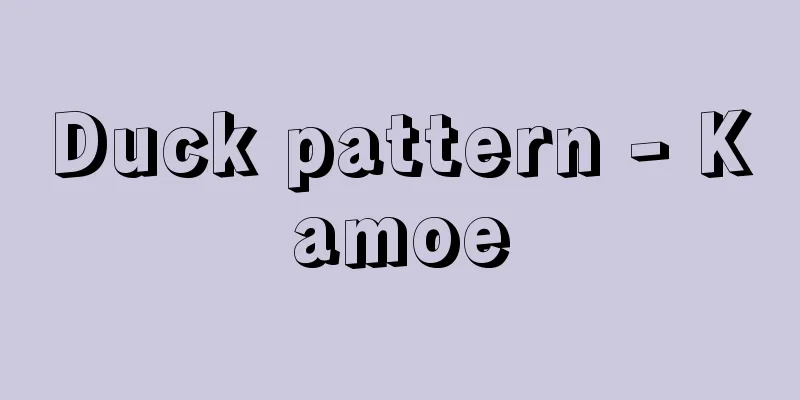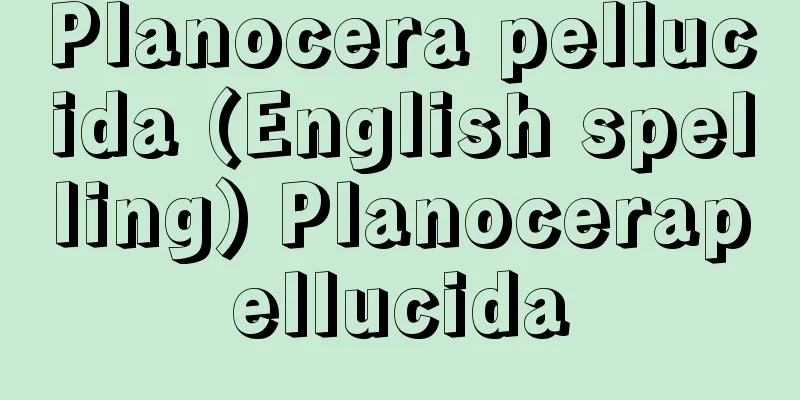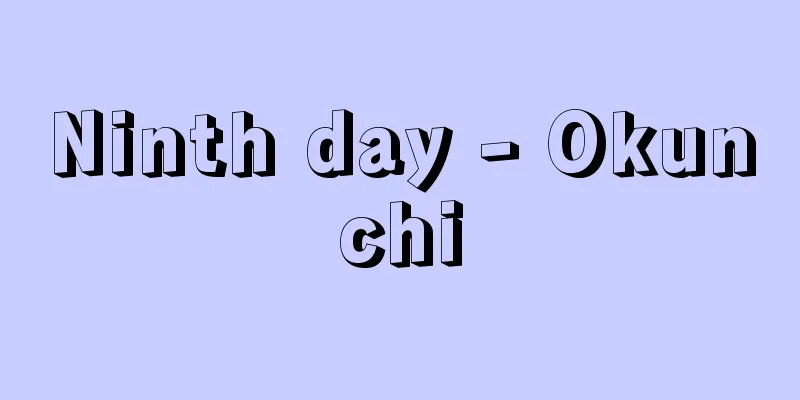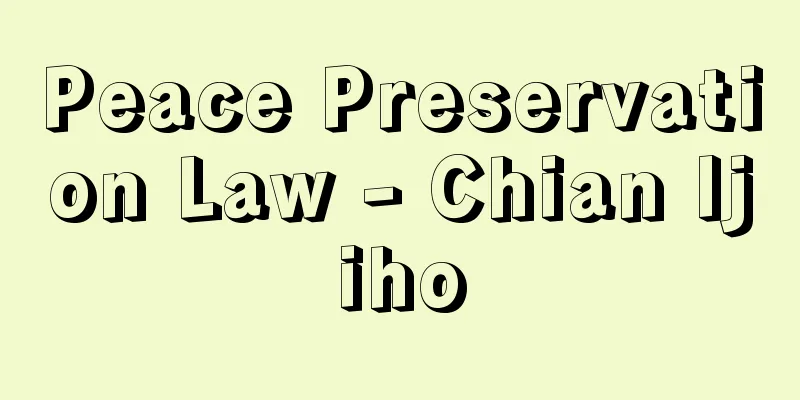Toru Kitamura - Kitamura Tokoku

|
Literary critic, poet, and pacifist activist. His real name was Montaro. He was born on December 29th of the first year of the Meiji era in the home of his grandfather, a feudal lord's doctor, in Tojinmachi, Odawara. As the feudal lord was not on the side of the new government, his father went to Tokyo alone and enrolled in the new government's Shohei School, and later worked as a minor official. Tono went to Tokyo at the age of 12, and the family moved to near Sukiyabashi Bridge, where his mother (who was said to have been a fiery-tempered woman) opened a tobacco shop. Around the time he graduated from nearby Taimei Elementary School, he was influenced by the ideas and movements of the Freedom and People's Rights movement, like many other boys of the time, such as Masaoka Shiki and Taoka Reiun, and became so passionate about it that he became even more determined to pursue it amid intensifying oppression. In 1883 (Meiji 16), he served as temporary secretary of the Kanagawa Prefectural Assembly for a time, but later met Oya Sokai and other civil rights heroes from Santama and worked together for civil rights. During this time, he was briefly enrolled in the political science department of Waseda University and participated in a civil rights group study group. In May 1885, during the Osaka Incident, which marked the final stage of the movement led by left-wing civil rights leader Oi Kentaro, Oya asked him to participate in a robbery plan to raise funds, but he could not keep up with Oya's ruthless methods, so he shaved his head, asked to leave, and set off on a journey. While trying to become a political novelist like Hugo and trying business to make a living but failing, he experienced an intense love affair, unusual for the Meiji period, with Ishizaka Minako, a talented woman three years older than him and the daughter of Ishizaka Masataka, a Liberal Party representative from Santama, and at the same time converted to Christianity. He married in 1888. The following year, he self-published the adventurous epic poem Soshu no Shi, but lost confidence and abandoned it, and in 1891 he republished the dramatic poem Horai Kyoku. Neither work was well received, but today they are highly regarded for their pioneering ideological and formal achievements and attempts. Later, he wrote sad lyric poems, paving the way for the maturation of a new style of poetry in Shimazaki Toson's Wakanashu. From the year of Chushu no Uta, he became a translator and interpreter for the Quakers, the most socially conscious Christian group, and eventually formed the Japan Peace Association with Kato Manji and others from the group. Its journal Heiwa (12 volumes, 1892-93) became the first journal of the anti-war peace movement in modern Japan, and Tono worked alone as editor, writing many essays, both signed and unsigned, from beginning to end. In 1892, he attracted attention as a literary critic with his article Pessimistic Poets and Women in the Christian women's cultural magazine Jogaku Zasshi, and this marked the beginning of his short but passionate period as a literary thinker and critic. The literary world in the early 1880s was dominated by the realism of manners and human sentiment of Koyo Ozaki and others, and the oriental philosophical idealism and telekinesis of Rohan Koda and others, but Tokoku launched a fundamental critique, stating that "the so-called realist school should observe inner life objectively," and "the so-called idealist school should observe inner life subjectively." This "inner life," as shown in his Inner Life Theory (1893) and other works, rejected the control of worldly authority, constraints, established ideas, customs, and other aspects of Meiji society as all external, and confirmed the homogeneity and universal equality of human beings in their inner lives, while drawing out the common desire for human freedom that is hidden within us all, presenting a clear self-awareness of modern humans. Since Futabatei Shimei's Floating Clouds in 1887 (Meiji 20), modern Japanese literature was the first to theoretically clarify the self-awareness of modern man and his demands, which are the core of modern literature. He was a brilliant critic of Yamaji Aizan's utilitarian literary theory of the Minyusha Society ("What does it mean to be involved in life?" 1893), and showed a deep understanding and sympathetic criticism of Edo period townspeople's literature, which was at the time being completely rejected as vulgar. He also took the lead in the literary circles of young writers such as Shimazaki Toson in the coterie magazine Bungakukai (founded in 1893), paving the way for the emergence of Higuchi Ichiyo, Izumi Kyoka, and Kawakami Bizan, and encouraging Kinoshita Naoe and Uchida Roan, among others, and was active as an avant-garde figure in the literary world of the Meiji period romanticism. However, it was hopelessly difficult for a literary critic to make a living from his criticism at that time. Tokoku tried various things, but fatigue and poverty led to depression, and he hanged himself at his home in Shiba Park, Tokyo, on May 16, 1894. He was 25 years old. [Hideo Odagiri] "The Complete Works of Tokoku, 3 volumes (1950-55, Iwanami Shoten)" ▽ "The Spiritual History of the Meiji Era, by Irokawa Daikichi (1964, Koga Shoin/New Edition, 1973, Chuokoron-Shinsha/Kodansha Academic Library)" ▽ "Study of Kitamura Tokoku, by Hiraoka Toshio, Part 1 and Part 2 (1967, 1971, Yuseido Publishing)" ▽ "Expanded Edition of Kitamura Tokoku, by Odagiri Hideo (1979, Yagi Shoten)" [Reference items] | |Source: Shogakukan Encyclopedia Nipponica About Encyclopedia Nipponica Information | Legend |
|
文芸評論家、詩人、平和主義運動家。本名は門太郎。小田原の唐人町の藩医(祖父)の家に明治の最初の年の12月29日に生まれる。藩が新政府側でなかったので、父は単身上京して新政府の昌平(しょうへい)学校に入学、のち小役人として遍歴。透谷は12歳のとき上京、一家は数寄屋(すきや)橋近くに移り、母(気性の激しい女性だったという)はたばこ屋を開く。近くの泰明(たいめい)小学校を卒業する前後から、正岡子規(しき)・田岡嶺雲(れいうん)ら当時の多くの少年と同じく自由民権の思潮と運動に動かされ、熱中して弾圧激化のなかでかえってその意志を固めた。1883年(明治16)には一時神奈川県議会臨時書記をしたが、その後大矢蒼海(おおやそうかい)ら三多摩の民権壮士を知って、ともに民権のため活動した。その間、早稲田(わせだ)大学政治科に一時在籍、また民権グループの研究会に参加している。 1885年5月、左派民権指導者大井憲太郎らの運動の末期的な大阪事件の際、大矢から資金調達の強盗計画へ参加を求められたが、手段を選ばぬそのやり方にはついてゆけず、頭を剃(そ)って離脱を請い、旅に出た。ユゴーのような政治小説作者たらんとしたり、生活のため商業を試みて失敗したりしているうちに、三多摩の自由党代議士石坂昌孝(まさたか)の娘で3歳上の才媛(さいえん)石坂美那子(みなこ)との、明治期には異例の激しい恋を経験し、同時にキリスト教入信。88年結婚。その翌年、冒険的な叙事詩『楚囚之詩(そしゅうのし)』を自費出版したが自信を失って破棄し、91年劇詩『蓬莱曲(ほうらいきょく)』を改めて刊行。どちらも評判にならなかったが、現在ではその先駆的な思想上また形式上の達成と試みがきわめて高く評価されている。のち彼は哀切な叙情詩を書いて、島崎藤村(とうそん)『若菜集』での新体詩成熟に道を開いた。『楚囚之詩』の年から、キリスト教中でもっとも社会的自覚の強いクェーカー派の翻訳者・通訳者となり、やがてその派の加藤万治(かずはる)らと日本平和会を結成、機関誌『平和』(全12冊、1892~93)は日本近代最初の反戦平和運動機関誌となったが、1人で編集にあたった透谷は、巻頭から巻末まで署名・無署名で多くの文を書いて奮闘した。92年キリスト教女性教養誌『女学雑誌』に書いた『厭世(えんせい)詩家と女性』で文芸評論家として注目され、短いが灼熱(しゃくねつ)した文学思想家・批評家としての時期が始まる。 明治20年代前半の文壇を支配していたのは、尾崎紅葉(こうよう)らの風俗的写実と人情意識、また幸田露伴(ろはん)らの東洋的達観や念力の理想、これらだったが、透谷は「所謂(いはゆる)写実派なるものは、客観的に内部の生命を観察すべきものなり」「所謂理想派なるものは、主観的に内部の生命を観察すべきものなり」として、根底的な批判に進み出た。この「内部生命」とは、彼の『内部生命論』(1893)などによって示されているように、明治社会の世俗的な権威や拘束や既成の観念や習俗などの支配を、すべて外的なものとして退け、内面性においての人間の同質と普遍的な平等とを確認するとともに、共通に潜められている人間的な自由への要求を引き出してきて、近代的人間の明瞭(めいりょう)な自覚を提示するものとなった。1887年(明治20)の二葉亭四迷(ふたばていしめい)『浮雲(うきぐも)』以来の日本近代文学は、これによって初めて、近代文学の核心たる近代的人間の自覚とその要求とを、理論的に明らかにした。山路(やまじ)愛山の民友社的功利主義の文学論に対する鮮やかな批判(「人生に相渉(あいわた)るとは何の謂(いい)ぞ」1893)、そのころ低俗として全否定されかけていた江戸期の町人文学に対する共感を込めた深い理解と厳しい批判を示し、また同人誌『文学界』(1893創刊)で島崎藤村ら青年文学者の先頭にたって、樋口一葉(ひぐちいちよう)、泉鏡花(きょうか)、川上眉山(びざん)らの登場を準備し、木下尚江(なおえ)、内田魯庵(ろあん)を力づけるなど、明治浪漫(ろうまん)主義文芸思潮の前衛として活動した。 しかし文芸評論家が評論で生計をたてることは当時としては絶望的に困難であった。透谷はいろいろとあがいたが、疲労と貧乏でそううつ病ふうになり、明治27年5月16日、東京芝公園地内の自宅で、首をくくって死んだ。25歳であった。 [小田切秀雄] 『『透谷全集』全3巻(1950~55・岩波書店)』▽『色川大吉著『明治精神史』(1964・黄河書院/新編・1973・中央公論社/講談社学術文庫)』▽『平岡敏夫著『北村透谷研究』正続(1967、71・有精堂出版)』▽『小田切秀雄著『増補版 北村透谷』(1979・八木書店)』 [参照項目] | |出典 小学館 日本大百科全書(ニッポニカ)日本大百科全書(ニッポニカ)について 情報 | 凡例 |
<<: Kitamura Tonobu - Kitamura Tonobu
Recommend
Color centre
A local electronic state that occurs when an elect...
alignment
...This corresponds to the fact that the spins ar...
Armadillo - Armadillo (English spelling)
A general term for animals belonging to the Dasip...
Non-benzenoid aromatic compounds - non-benzenoid aromatic compounds
A general term for unsaturated cyclic compounds th...
Yoshino Shrine
Located in Yoshinoyama, Yoshino-cho, Yoshino-gun,...
Nose clan
A medieval warrior from Settsu. A descendant of th...
Josetsu - Josetsu
Years of birth and death unknown. A painter-monk ...
Otomo no Komaro
Year of death: Tenpyo Houji 1.7 (757) Year of birt...
gastrula
In animals that depend for much of their developm...
Lintun (English spelling)
The name of a county established by Emperor Wu of ...
Ratman - Rattenmann
Another name for a neurotic reported by S. Freud i...
urinary acariasis
…Dermatitis includes vanillism, copra itch, baker...
Almoravide (English spelling)
…1056-1147. In Spanish, Almoravid. On his way bac...
Shio [town] - Shio
An old town in Hakui County, central Ishikawa Pref...
Emperor System - Tennousei
In the narrow sense, the term "imperial syst...






![Andes [Mountains] - Andes](/upload/images/67cae299a0e7d.webp)


